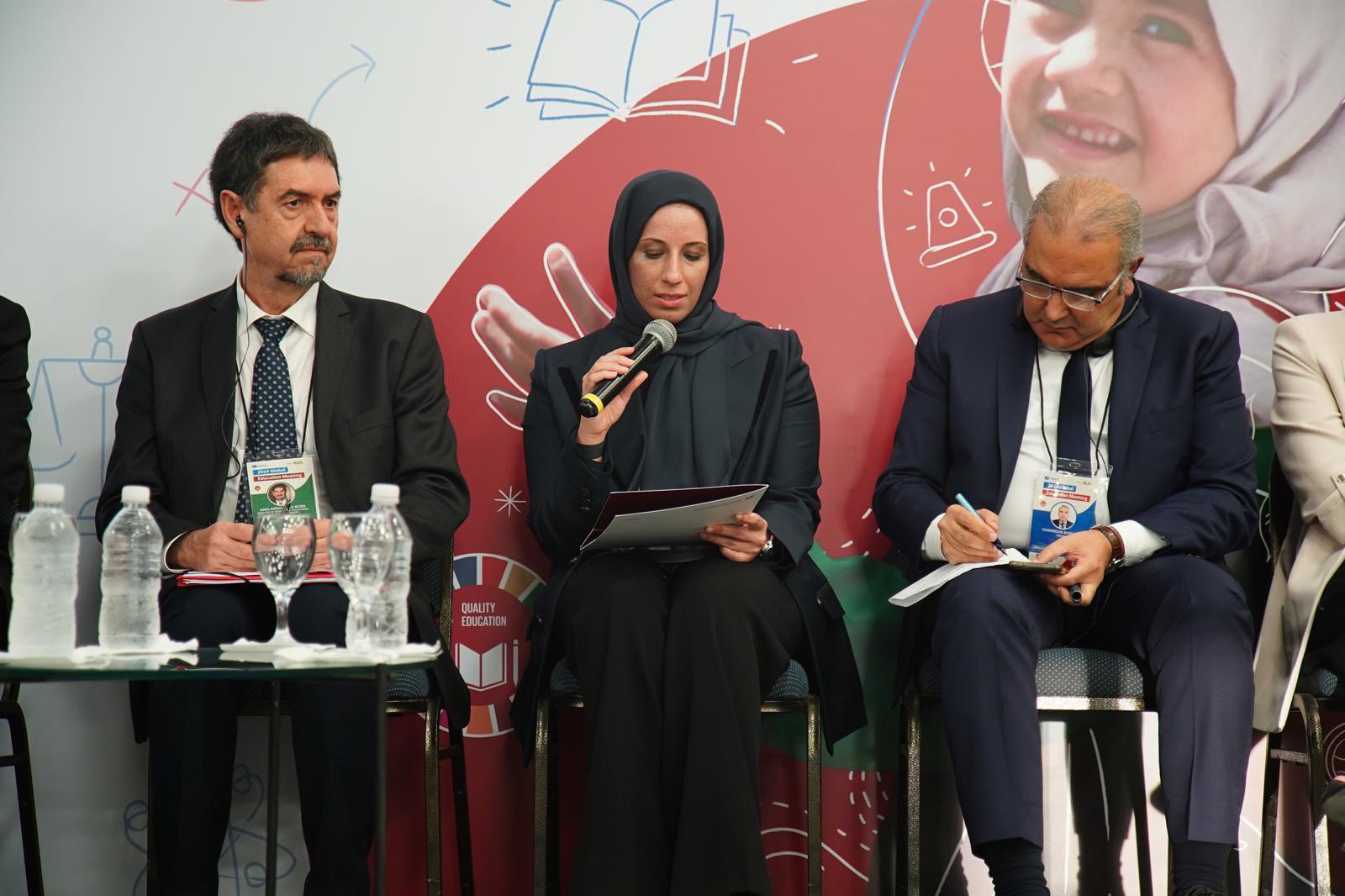
In an effort to learn more about the diseases affecting the local population and how best to treat them, Qatar will officially launch an initiative to map out the genome of Qataris in the coming months, former first lady Sheikha Moza bint Nasser has said.
The chairperson of Qatar Foundation made the announcement at the opening of the World Innovation Summit for Health (WISH) on Tuesday at the Qatar National Convention Center, just days after Saudi Arabia revealed its plans for a similar initiative.
"Innovation is not only in finding a new medicine, it is in finding solutions to reduce the need for taking the medicine" – HH Sheikha Moza
— WISH Qatar (@WISHQatar) December 10, 2013
Qataris, like others in the Middle East, are more susceptible to diabetes, cardiovascular disease, obesity, some neurological disorders and other diseases, according to local researchers.
Understanding the genetic difference between Qataris and populations elsewhere around the world can help medical experts understand why local residents are more prone to certain ailments as well as help manage their personal care.
Someone with a high rate of diabetes, for example, may monitor their blood sugars more closely as well as exercising more and watching what they eat.
Understanding the Arab world
The structure, organization and function of a complete set of human genes can be thought of as basic inheritable instructions for the development and functioning of a human being, according to the U.S.-based National Human Genome Research Institute.
It states that mapping is the first step in isolating a gene and can offer firm evidence that a disease transmitted from parent to child is linked to one or more genes.
An international team first officially sequenced the human genome in 2003, as part of the Human Genome Project. According to the New York Times, the task cost $1 billion and took eight years. It consisted of compiling a list of the three billion letters of genetic code that make up what scientists at the time considered to be a sort of “everyperson’s” DNA.
Now, individuals can have their DNA sequenced in a matter of days, for a cost of around $5,000. But genetic mapping has yet to take hold in the Middle East, Hanan Al Kuwari, the managing director of Hamad Medical Corp., told Doha News on the sidelines of the summit. She added that Qatar’s project will fill a gap in global genetic research:
“Right now, there hasn’t been much mapping of the Arab world. The more we understand the Arab gene, the more we’ll be able to help improve health care in the region.”
She later added that one of the promises of genetic research is the development of more effective medicine that’s individualized for specific patients.
Al Kuwari was unable to provide any details about the project, such as its sample size or timeline, saying such information would be released in the coming months.
Decoding efforts
Efforts to decode the Qatar genome appear to already be well underway at Weill Cornell Medical College.
Researchers in Qatar and New York have already published preliminary research that revealed several clues about the genetic variability across Qataris of Bedouin, Persian and African ancestry. According to an article published this fall by the Qatar National Research Fund, a larger study is underway that involves “sequencing” 1,000 Qataris, more than half of which have already provided samples.
Another local initiative aims to collect biological samples from 60,000 Qataris and long-term expats by 2018.
The “biobank” – a collaboration between the Qatar Foundation’s Biomedical Research Institute, Hamad Medical Corp., the Supreme Council of Health and the Imperial College London – anonymously stores samples of blood, saliva, urine and body measurements, which will be analyzed and used to tackle chronic health problems.
Thoughts?







